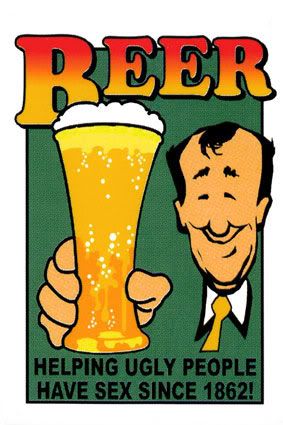What are Cowboy Boots?
Background
Traditional cowboy boots have narrow toes, high heels that slope under the foot, and leather tops that reach halfway up the shins. Designed for men who spent virtually their entire day in the saddle, cowboy boots are notoriously uncomfortable to walk in, and though adjustments have been made over the years, the boots remain unsuited for almost any work a cowboy or a rancher has to do on foot.
Cowboy boots have also led a long double life as fashion accessories, beginning in the early 20th century, when Western life and work done on the open range were first mythologized in movies. Most cowboy boots that are manufactured now are not sold to people who will ever wear them on a horse, and the boots are valued more for the image they have acquired than the work they were originally intended to do.
History
In the 19th century, Anglo-Americans moving into the Southwest found people of Spanish descent already working the cattle that roamed the West Texas plains. Branding cattle and the practice of roping them from horseback were originally developed in Mexico, as was the basic design of what we now call the Western saddle. Though American settlers adopted many of their tools and methods, the Mexican vaqueros wore short, flat boots that were not well suited to the demands of their profession. Cowboy boots are direct descendants of the Northern European riding boot, and they may be the only contribution these settlers made to the essentially Spanish tradition of working cattle from horseback.
The Northern European riding boot was adapted for use on the range by German bootmakers who settled in Texas during the second half of the 19th century. The original German bootmakers designed a boot to meet the requirements of working in stirrups. Narrow toes made it easier for horsemen to put their feet in and out of stirrups while mounting and dismounting, and the high heel prevented the foot from slipping all the way through the stirrup and getting caught there.
A foot caught in a stirrup could be especially dangerous if a cowboy were thrown out on the range, where he could be dragged for miles by a running horse. The length of the leather tops reduced chafing from stirrup leathers, and the boots also had high, reinforced arches, designed to make standing in the stirrups less strenuous. All of these features make the boots difficult to wear while working on the ground; they are particularly hard to run in, and when not on horseback many cowboys and ranchers today wear sneakers or a boot called a roper, with a round toe, a low heel, and a softer, more flexible sole.
Modern bootmakers divide into two categories: custom shops, where boots are made individually and much of the work is done by hand, and fully automated factories. The large industrialized companies, such as Tony Lama and Justin Industries, were originally family businesses that developed from smaller shops. The custom shops that remain in operation are often staffed by family members, and there the craftsmen are traditionally divided into "top men" and "bottom men." The former group cut, decorate, and assemble the upper parts of the boot, and the latter group shape the heels and soles.
Top men are largely responsible for how a boot looks and bottom men for how comfortable it is to wear. Texas still remains the center for the manufacture of cowboy boots. Though a factory such as Tony Lama's in El Paso may produce thousands of pairs a week and a custom shop such as Charlie Dunn's in Austin may produce only few, the basic steps are the same.















No comments:
Post a Comment